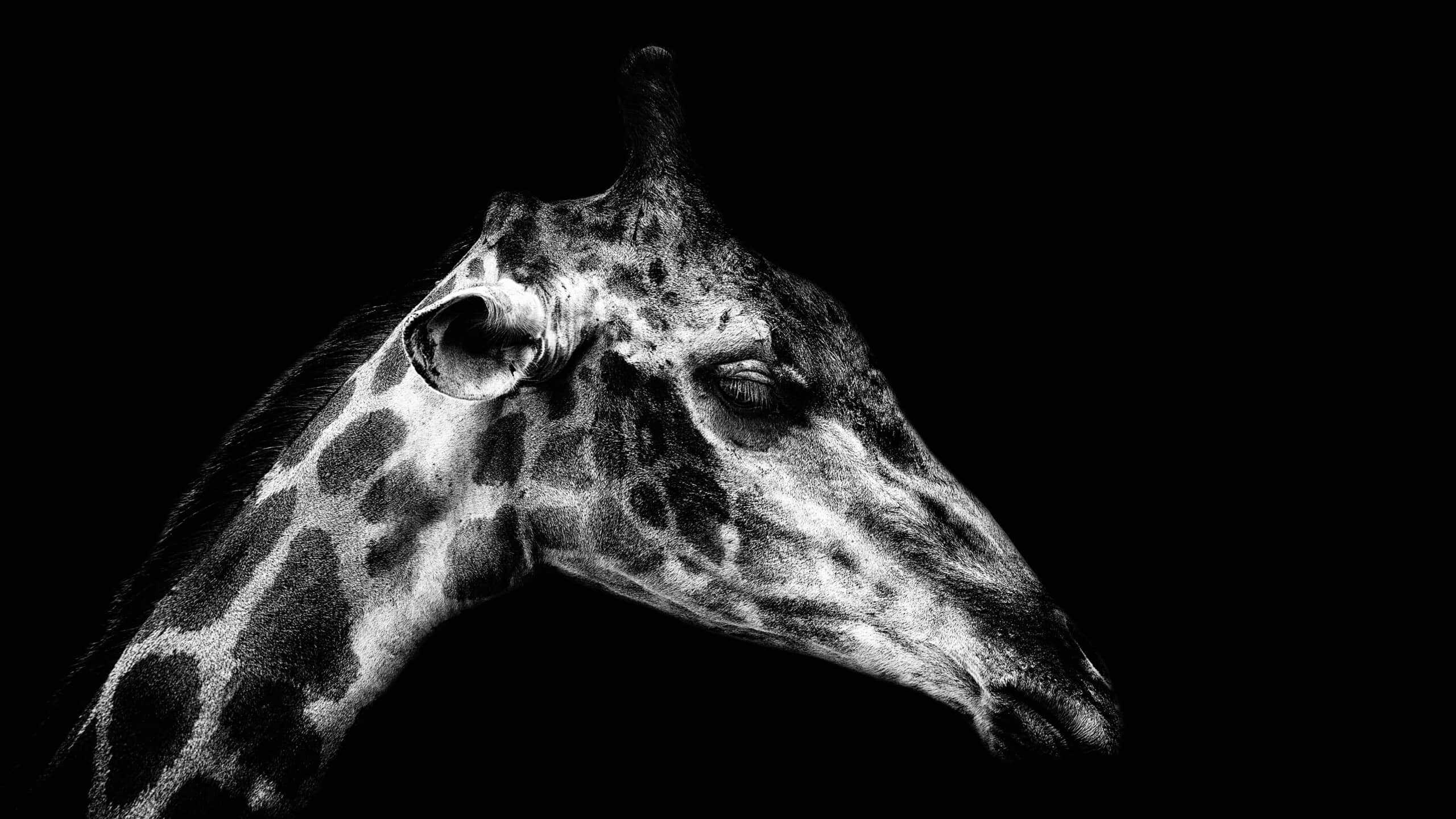Poachers claimed the lives of two of the final three white giraffes in Kenya.
Kenya is a country located in eastern Africa, the second-largest and most populated continent in the world behind Asia. The English and Swahili-speaking country is well-known for its mix of shantytowns and sprawling metropolises. The cities there showcase skyscrapers that resemble what you would find in any other continent with modern, industrialized countries.
As you venture out further away from these sprawling metropolises, you will come in contact with breathtaking landscapes and many wildlife preserves. Indeed, Kenya, especially when you get off the beaten path, is truly a sight to behold. And this explains why millions of people visit the African country every year.
According to Business Daily Africa, Kenya, sometimes referred to as the land of smiles, proudly welcomed more than 2 million tourists from around the world in 2017. And the number of tourists visiting the country shows no signs of slowing down anytime soon.
Despite the many, many positive things this land of smiles seemingly has going for itself, there is a dark side worth noting. The country, like several others in Africa, is also home to poachers. These individuals illegally hunt, capture, and kill wild animals for either entertainment or profit.
Poachers Killed Two of the Three Last White Giraffes
If you have ever been up close and personal with a giraffe, you will immediately notice two things. First of all, they are very tall. Second, they usually have a blotchy coat that is orange, chestnut, or brown in color.
According to World Atlas, an educational geography website, most male giraffes are between 16 and 20 feet tall. Meanwhile, female giraffes are typically 15 feet tall. In short, these majestic animals can be a lot to take in if you’re seeing them for the first time. These are the common attributes of giraffes in most countries. However, you’ll learn that the land of smiles is home to a unique breed.
Although they are just as tall, some Kenyan giraffes are entirely white. Unfortunately, poachers killed two of these rare giraffes. According to an article published by the British Broadcasting Corporation (BBC), the lives of a white female giraffe and her 7-month-old calf were taken by ruthless poachers, ostensibly for their meat, skin, or possibly both.
To say that this was a sad day for Kenya would be a gross understatement.
What Motivated Poachers to Kill Two of the Three Last White Giraffes?
Very few people have ever seen a white giraffe. And before being spotted in Africa in 2016, many people outside Kenya were not aware they existed.
According to the same article published by the BBC, these exotic-looking giraffes are white as a result of a condition known as leucism. For those who are unfamiliar with leucism, it is a medical condition that restricts pigmentation in specific skin cells. And as in the case of the white giraffe and her calf in the land of smiles, leucism can cause some animals to appear white.
It is worth noting that the condition also left them with dark-colored eyes. Not too surprisingly, this unique look caught the attention of many tourists, wildlife conservationists, and, sadly, those who enjoy hunting and killing wild, exotic-looking animals.
Are There Any White Giraffes Left in the Land of Smiles?
As of the writing of this article, only one white giraffe remains alive in the Land of Smiles. And animal rights activists and wildlife conservationists are doing everything possible to ensure its safety. However, while this remaining white giraffe is safe, the other giraffes continue to dwindle in population.
According to the African Wildlife Foundation, an international conservation organization that takes great pride in ensuring that wildlife and wildlands continue to thrive throughout Africa, more than 40 percent of all giraffes have disappeared from the sprawling continent.
According to a separate study published by the International Union for the Conservation of Nature, between 1985 and 2015, the total giraffe population in Africa decreased by more than 58,000.
And similar to the female white giraffe and her calf, most of them were likely killed for their meat and skin. Both of those “products” are in high demand. Also referred to as bushmeat, Africans consider giraffe meat a highly sought-after delicacy.
The same applies to zebra, ostrich, hippopotamus, crocodile, and many other exotic types of meat. As such, the population of all of these animals is rapidly dwindling across most of Africa. And the same applies to their calf.
Will Poaching Disrupt the Safari Industry in Africa?
Of the more than 2 million tourists that visit Kenya each year, many travel to observe wild animals in their natural habitat. Some of the species they view include giraffes, lions, and zebras, for example. That said, it is not unreasonable to think that a dwindling wildlife population could potentially cause them to rethink booking their next African expedition. And this could have a devastating impact in terms of tourism dollars.
To help substantiate this claim, we need only take a look at an article published by The Conversation, a nonprofit news organization. The report noted that the continent of Africa relies heavily on tourism dollars to help sustain its economy. That said, animal poaching, as in the case of the white giraffe and her calf, to consume their meat or for entertainment purposes may turn off individuals who are considering a trip to any of the continent’s 54 countries.
To further put this into context, nearly 3 percent of the continent’s GDP comes from tourism. Also, over 12 million Africans hold jobs in the tourism industry. That said, it is not unreasonable to think that poaching could make an impact on tourism and the economy.
Final Thoughts on the Killing off of White Giraffes in Africa
The untimely death of the beloved Kenyan white giraffe and her calf sheds some light on the poaching culture that exists throughout Africa. Hopefully, with help from animal rights activists, wildlife conservationists, and animal lovers all around the world, all of this unnecessary killing will soon come to an end.



















